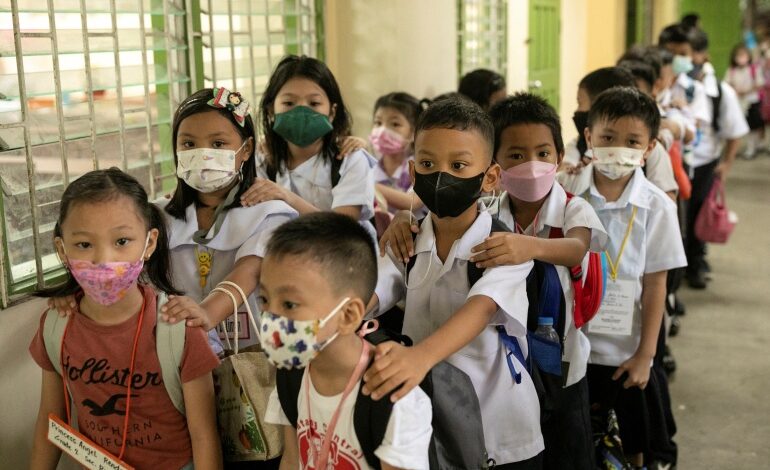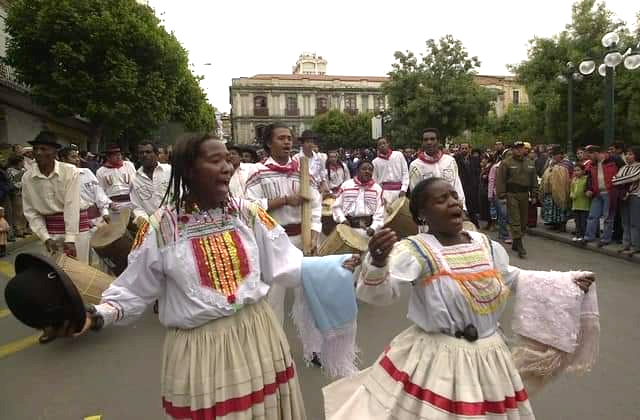
Ekeomah Atuonwu
For the first time since the COVID-19 outbreak struck two years ago, millions of kids in the Philippines are back in primary and secondary schools.
On Monday, as kids returned to their classes in schools across the nation wearing masks and uniforms, they lined up for temperature checks.
One of the last nations in the world to restore full-time, in-person instruction is the Philippines, which has prompted worries that the prolonged shutdown of classrooms has exacerbated the nation’s education crisis.
The nation was among the worst affected in Southeast Asia by the pandemic, and former President Rodrigo Duterte imposed one of the longest coronavirus lockdowns and school closings ever.
Due to concerns that it would spark new outbreaks, Duterte, whose six-year administration expired on June 30, had rejected requests for the reinstatement of in-person sessions.

Long-term school closures spurred worries that Filipino children’s reading rates, which were already at worrying levels before the outbreak, might get worse. According to a World Bank research conducted last year, nine out of ten Filipino children—who are too young to read and comprehend a simple tale by the time they are 10—suffer from “learning poverty.”
The reopening of schools in the Philippines was applauded by UNICEF, the agency of the United Nations for children. Children’s return to in-person instruction, according to UNICEF Philippines spokesman Niko Wieland, is a “wonderful start in the right direction.”
Education officials said that only about 24,000 of the nation’s public schools, or about 46%, would be able to resume regular in-person classes on Monday. The remaining schools would still use a combination of in-person and online instruction until November 2, when all public and private schools must reopen with all students present.

During the transition period that ends on November 2, about 1,000 schools will be unable to completely switch to face-to-face instruction for a variety of reasons, including damage to school buildings brought on by a strong earthquake that occurred in the north last month, officials said.
However, despite the return of in-person instruction, old issues continue. Large class numbers, antiquated instructional techniques, poverty, and a lack of fundamental infrastructure are a few of them.
The Department of Education said some schools would have to split classes up to three shifts a day due to classroom shortages, a longstanding problem, and to avoid overcrowding that could turn schools into new epicentres of coronavirus outbreaks.




